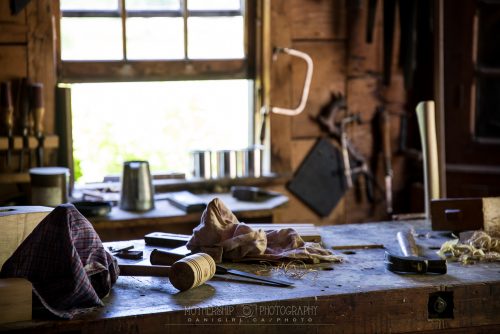Longtime readers of the blog know that we’ve been obsessed with sea glass for many, many years. I was first introduced to the idea when we visited Bar Harbor, way back when we were a family of four. My bloggy friend Phantom Scribbler introduced me to collecting tiny pebble-sized bits of glass as we wandered along the sea shore.
By sheer chance, our next major family vacation in 2010 brought us to a beach near Lunenberg, Nova Scotia that was so rich in sea glass that we filled our pockets to overflowing each time the tide went out, and an addiction was born.
Four of the last five years, we’ve scoured the beaches of Prince Edward Island, and especially the coastline near Souris, picking bits of joy out of the sand. I’ve made sea glass jewellery, key chains, mobiles and even a sea glass lantern, and I’m sure we have more than five kilos of it stashed in various containers around the house. By some weird fluke, though, this is the year that we found our most unusual and precious pieces.
The first was this purple coil. Purple is a rare colour for sea glass, and this crazy curl is quite unusual. In fact, we couldn’t help but enter it into the “best shard†competition at the Mermaid’s Tears sea glass festival that happened to be taking place in Souris when we were there last month. It took honourable mention, and the judge said its only drawback was that it was a relatively young piece and didn’t have much pitting or other signs of aging. We wonder what it could have been?

It wasn’t until we got home, though, that we realized the other treasure we’d found. Beloved was scanning through our haul with a black light flashlight and one piece glowed unmistakably: we’d found not one but TWO elusive pieces of radioactive sea glass, also known as UV glass, Vaseline glass or uranium glass, because it is in fact made with trace amounts of uranium. Yes, THAT uranium, the one they use to make nuclear bombs! It’s not overtly visible to the naked eye, and we had no idea these were a pieces destined for my ‘favourites’ jar until it glowed smartly and obviously when Beloved skimmed the black light over them.

Apparently, uranium used to be a commonly used ingredient back in the day to add certain colours to glass tableware. In doing a little research, we found out that the flourescence of UV glass is totally unrelated its radioactivity, which is actually measurable with a Geiger counter. However, since only small amounts of uranium were used during the manufacture of the glass, the amount of radioactivity in uranium glass is not considered harmful.
Isn’t it amazing how it looks completely unremarkable under normal light (left photo), but glows neon bright under the black light? Note to self, bring black light flashlight to PEI next vacation!!

From a long but fascinating delve into the science and art behind Vaseline glass: “Regardless of who did what first, we know that [uranium] itself was identified in 1789, when German chemist Martin Heinrich Klaproth named it after our solar system’s most recently discovered planet. Back then, uranium was seen as just one more mineral to color clear silicon dioxide, the main constituent in the sand glass is made from. Chemists like Klaproth knew that cadmium turned glass yellow, cobalt made it blue, manganese produced violet shades, and certain compounds of gold went red when heated, blown, and cooled.â€
So now we’ve added to our collection a small fragment of red (one tiny fragment in boxes and boxes of sea glass!), a lovely frosty marble, a bit of milk glass, quite a bit of the more rare cobalt and purple glass, and now this fun discovery. Isn’t that the coolest thing? We just love wandering the seaside like magpies, looking for shiny bits, and treasures like these make the search that much more fun — and addictive!
Have you collected enough to have a favourite shard of sea glass or a fun story to tell about how you found some? And now for the really hard question: WHAT should I do with it???















